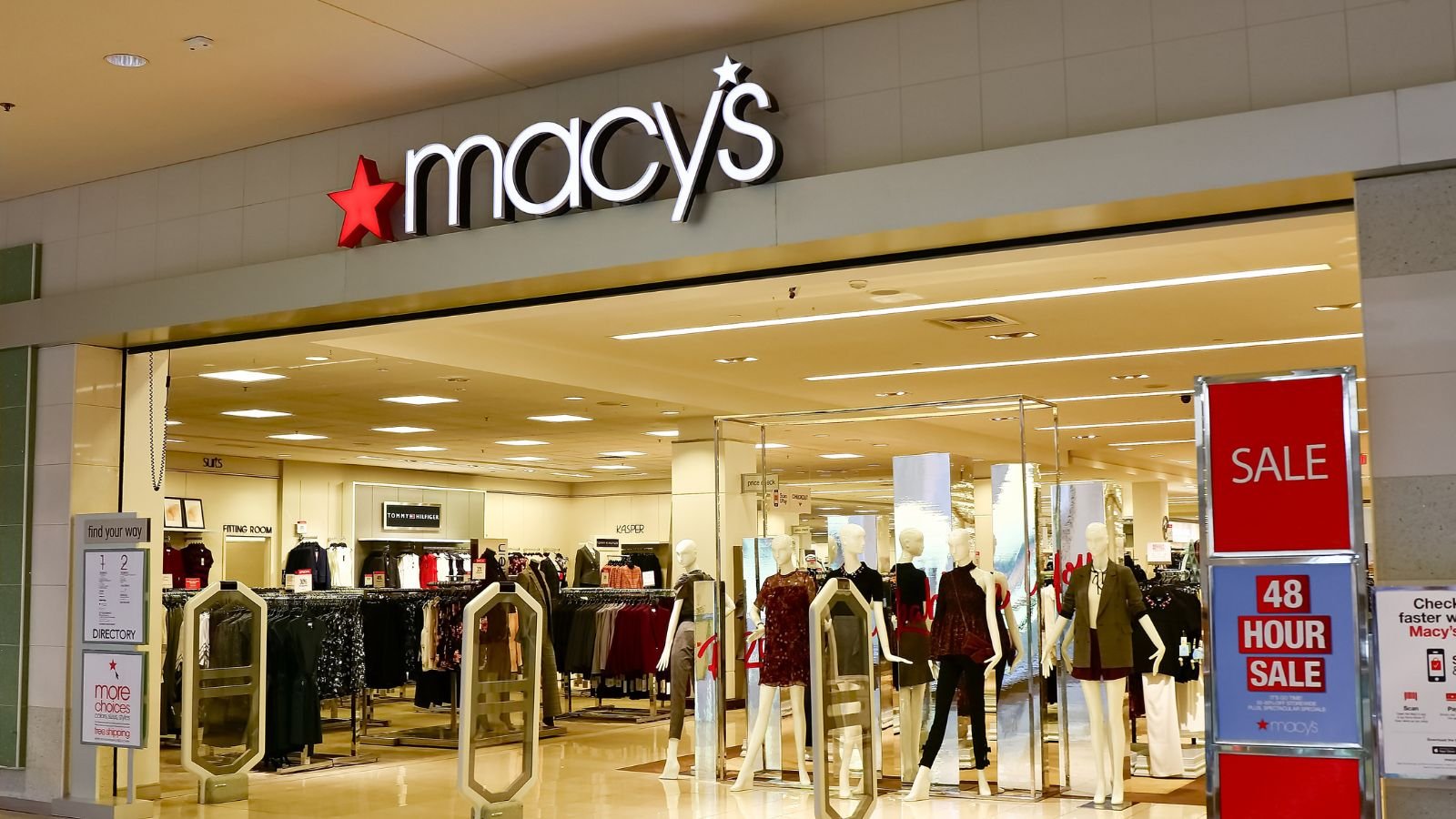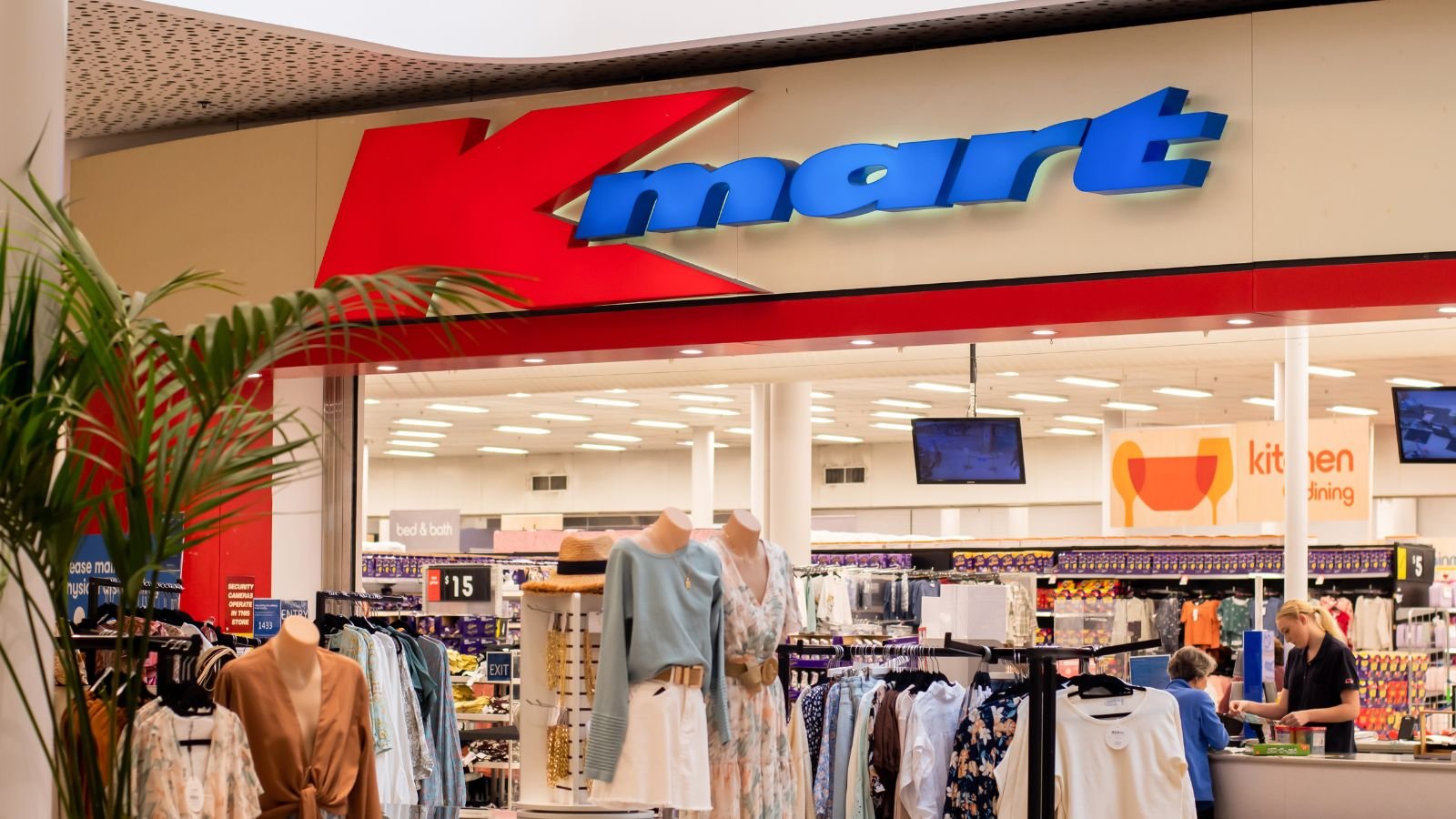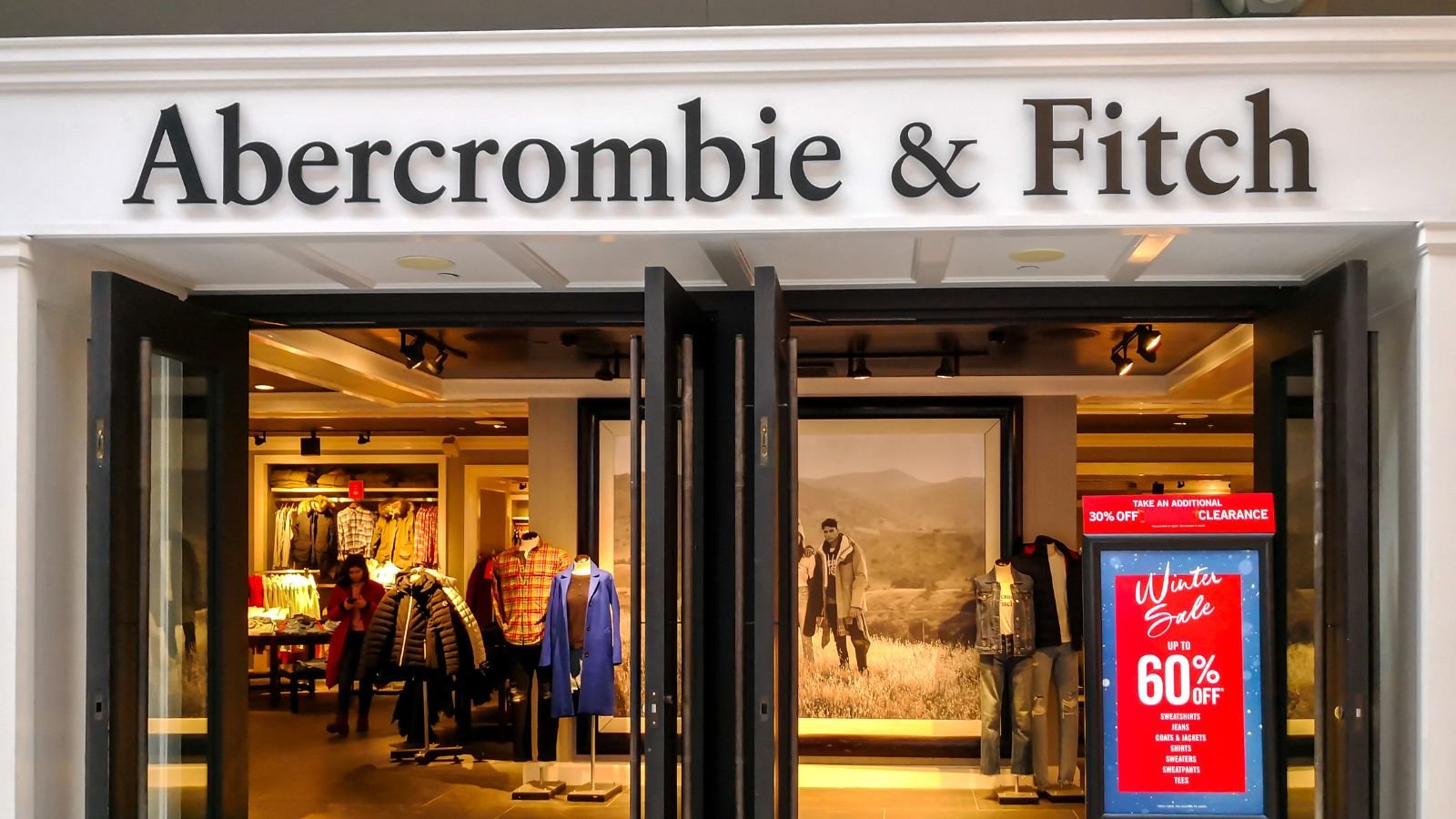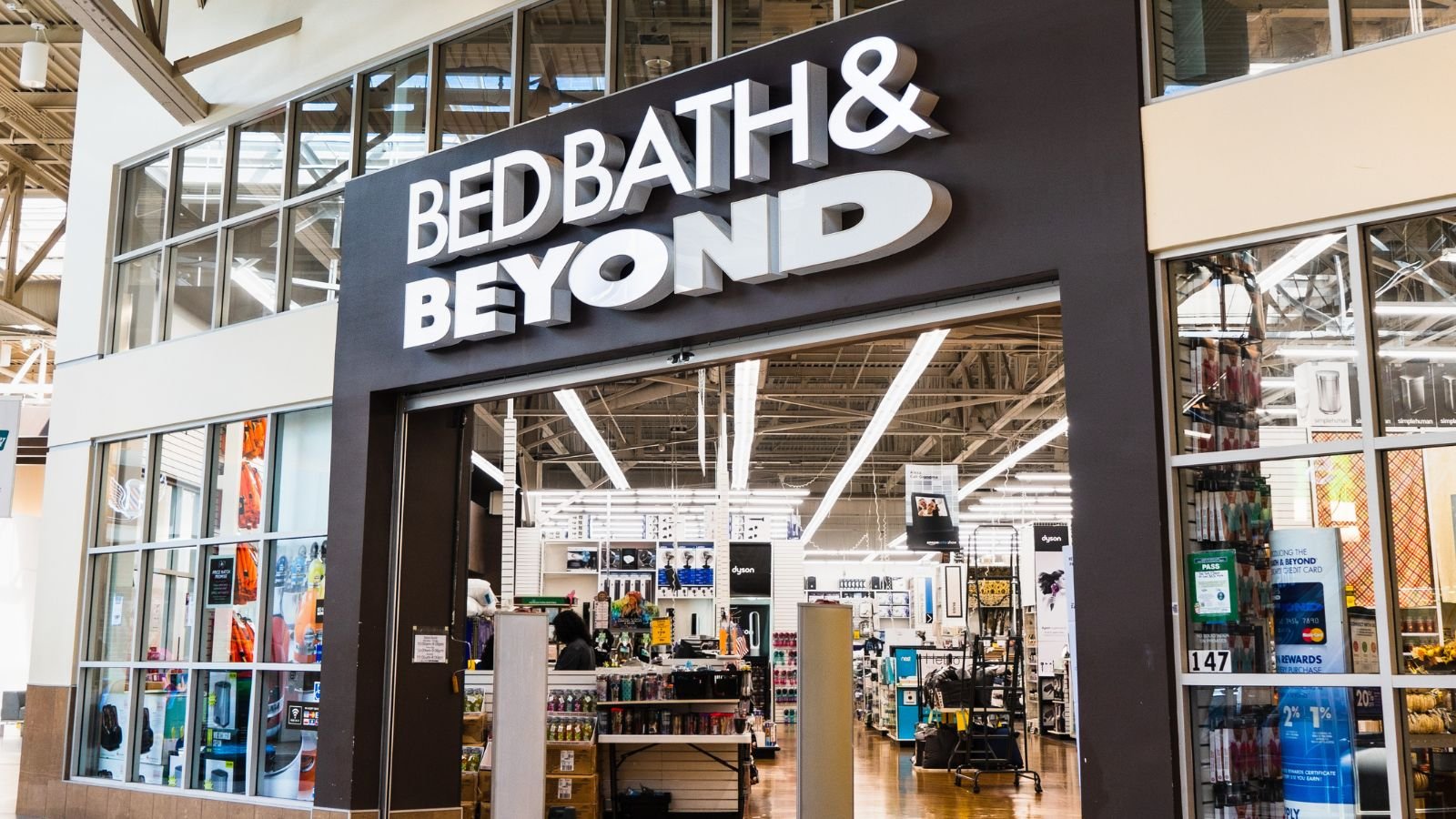In the fast-changing business world, even famous brands can face challenges and decline. Due to changing consumer preferences, more competition, or poor strategies, these 15 well-known brands are now in a downturn.
Sears

Sears, once a retail giant, fell dramatically due to bad decisions and changing times. Weak leadership, aggressive cost-cutting, and a lack of fresh ideas hurt the business. Online shopping, new consumer tastes, and giants like Walmart and Amazon eroded its market share.
At its peak, Sears had over 3,500 stores, but by January 2024, only 12 remained. Revenue fell from $53 billion in 2006 to $22 billion in 2016, with consistent losses, leading to a Chapter 11 bankruptcy filing in 2018.
JCPenney

JCPenney failed to innovate. Outdated stores, slow e-commerce adoption, and weak marketing hurt the business. Frequent leadership changes and poor product choices made things worse. After filing for bankruptcy in 2020, the company closed 242 stores across the United States.
Macy’s

Macy’s has struggled with declining foot traffic and rising online competition. The shift to online shopping, sped up by the pandemic, hurt in-store sales. E-commerce giants like Amazon and Macy’s slower online growth hit sales. From 2017 to 2023, Macy’s closed over 125 stores. Macy’s sales in 2023 were down across the board. Their total revenue dropped to $23.1 billion in 2023, a 5.5% decrease compared to 2022.
Kmart

Kmart, once a big name in American retail, has seen a huge decline because it couldn’t compete well. Poor strategies, outdated stores, and slow e-commerce adaptation hurt its market position. The company had trouble keeping prices low against Walmart and Target. Financial instability and problems with its parent company, Transformco, made things worse. Over the past decade, Kmart’s store count fell from over 2,400 to only 3 in the United States.
Gap

Gap Inc. has faced declining sales due to changing fashion trends and increased competition from fast fashion retailers. By the end of 2023, the company planned to close 350 Gap-branded stores in North America as consumers shifted towards more trendy and affordable options. The company’s failure to quickly adapt to these market changes led to significant revenue losses. Despite efforts to revamp its product lines and store formats, Gap continues to struggle with maintaining its market position.
Victoria’s Secret

Victoria’s Secret fell out of favor with many shoppers. Lingerie choices shifted towards comfort and inclusivity, a move the brand wasn’t ready for. Past controversies and lack of diversity further hurt their image. This resulted in store closures (250 in 2020) and declining sales (down by 9% in Q3 2022).
Jell-O

Once a jiggly party staple, Jell-O’s business is now unsteady. Sales have been on a downward slide for over a decade. Sales have become stagnant. There was a 19% decline in sales from 2009 to 2013. Consumers are opting for healthier desserts and a wider variety of options, leaving Jell-O’s sugary, processed image behind. Kraft Heinz, the owner, might be looking for ways to make Jell-O more fun to revive a brand out of sync with current tastes.
Abercrombie & Fitch

It was once a staple of teenage fashion. But, Abercrombie & Fitch has faced a big decline in popularity. This is due to changing fashion trends and a backlash against its exclusionary branding. The company closed 450 stores between 2010 and 2018, struggling to attract the modern consumer. This reflects its diminished market presence and ongoing challenges in reinventing its brand.
Bed Bath & Beyond

Bed Bath & Beyond has been closing stores due to declining sales and increased competition from online retailers. The rise of e-commerce giants like Amazon has greatly hurt its market share. They failed to understand consumers’ preference for the convenience and pricing of online shopping. These challenges have forced Bed Bath & Beyond to downsize and rethink its business strategy. In April 2023, the company filed for Chapter 11 bankruptcy.
Toys “R” Us

Toys “R” Us filed for bankruptcy in 2017 and closed all U.S. stores by 2018. They tried to return with a few stores and an online presence but haven’t regained their position. E-commerce and changing tastes keep challenging the brand.
Kraft Singles

Despite being a household name, Kraft Singles is facing a rough time. Sales have been on a downward slide in recent years. This slump is likely due to a shift in consumer preferences towards more natural and artisanal cheeses. Additionally, private label brands are offering similar products at lower prices, squeezing Kraft Singles’ market share. Kraft Heinz, the brand’s owner, hasn’t revealed specific sales figures, but the overall trend suggests Kraft Singles may need to find a way to melt back into consumer favor.
Pier 1 Imports

Pier 1 Imports filed for bankruptcy in 2020 and closed all its physical stores, shifting to an online-only model. They’ve failed to adapt to changing consumer tastes. It struggled to compete with e-commerce giants like Amazon. Despite its efforts, Pier 1 couldn’t maintain its market presence. This led to the closure of its brick-and-mortar locations.
Forever 21

Forever 21 filed for bankruptcy in 2019 and closed many of its stores worldwide. The company struggled with overexpansion and fierce competition from online fashion retailers. This led to huge financial challenges. These factors forced Forever 21 to downsize and restructure its operations.
Kodak

Kodak, once a leader in photography, struggled to adapt to the digital age. It hesitated to fully embrace digital technology, allowing competitors to dominate. Despite attempts to enter pharmaceuticals, these efforts haven’t fixed its financial woes. Finally, Kodak filed for bankruptcy in 2012.
Stein Mart

Stein Mart, like many brick-and-mortar clothing stores, couldn’t keep pace with the surge in online shopping. Their sales had been dropping for years – from 2016 to their bankruptcy filing in 2020, sales figures consistently declined. This trend, coupled with the significant financial strain caused by the COVID-19 pandemic, proved too much to overcome. The combined pressure forced them to shutter their stores permanently.
Mattress Firm

Mattress Firm’s rapid expansion backfired. In just 12 years, they bought up rivals like Sleep Train and Sleep Country USA. Instead of merging stores, they kept them all open. This led to fierce competition among themselves – with some areas having up to 3 Mattress Firms within sight of each other. Unsurprisingly, sales slumped, and they filed for bankruptcy in 2018. Hundreds of stores closed, with more likely to follow.
